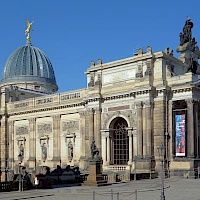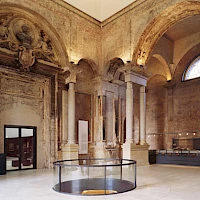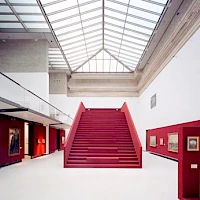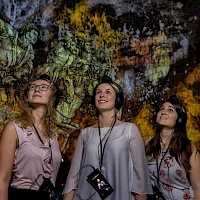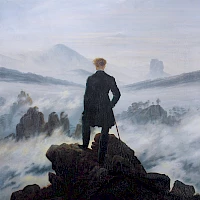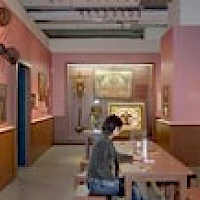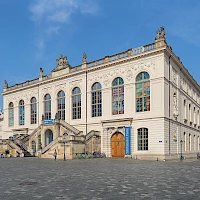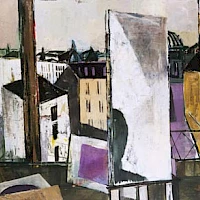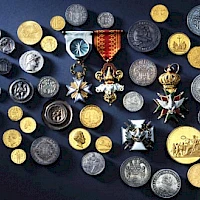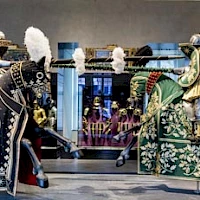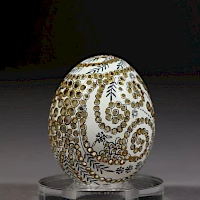The richly decorated building complex was named the "Lipsius Building" after its creator, the architecture professor Constantin Lipsius. In addition to the art academy it also housed the exhibition hall of the Saxon Art Society. After its partial destruction in 1945, the exhibition hall remained unused for decades. Its reconstruction was completed in 2005. Traces of the destruction were left visible by the renovation measures, and form a striking contrast to the architecture.
With the re-opening of the exhibition hall, which is now managed by the Dresden State Art Collections, an impressive setting for art exhibitions was restored to the city. Numerous special exhibitions offer visitors an informative and diverse programme. The special purpose of the exhibition hall, however, is to serve as a place for the exploration of and reflection on contemporary art. For the current exhibition programme, see www.skd.museum.

